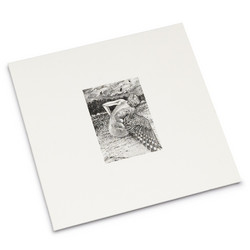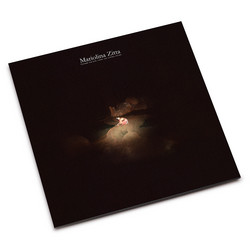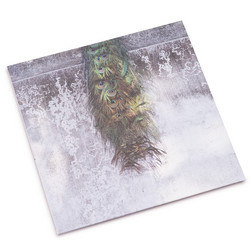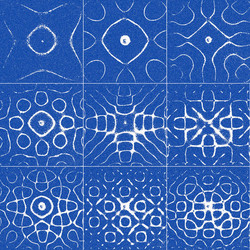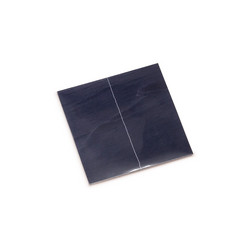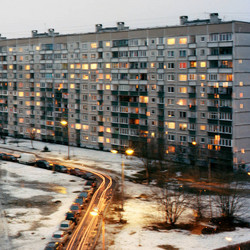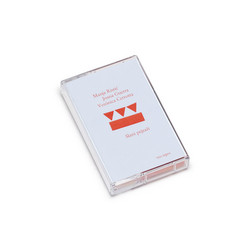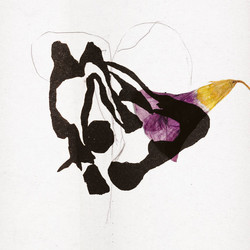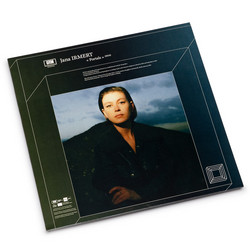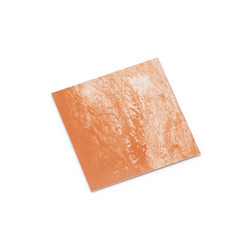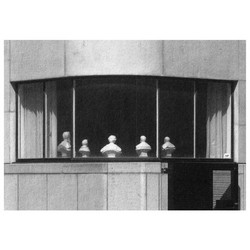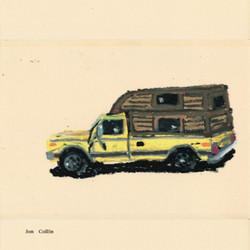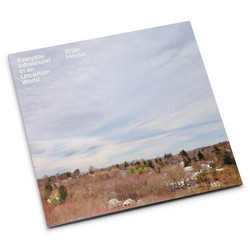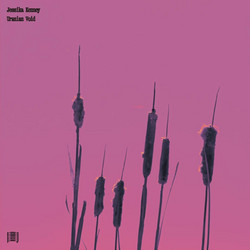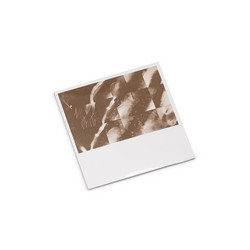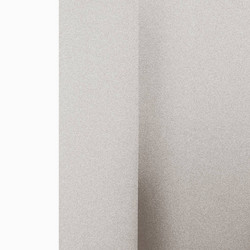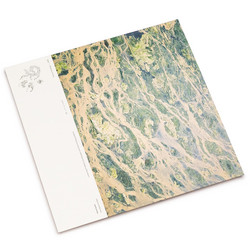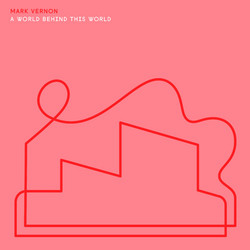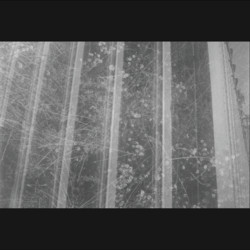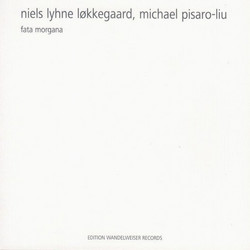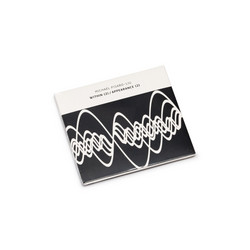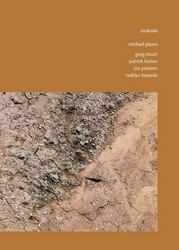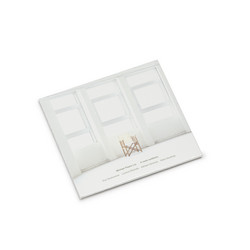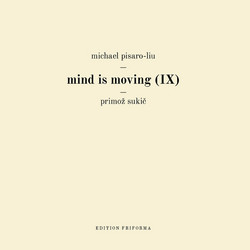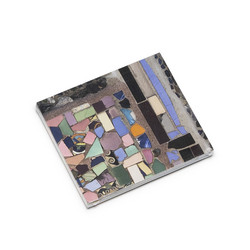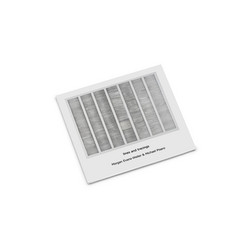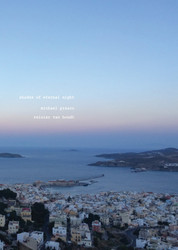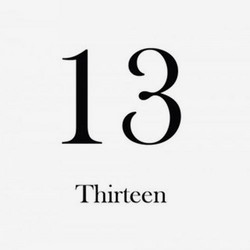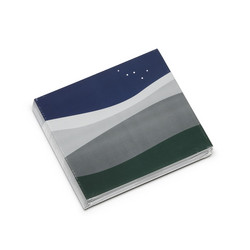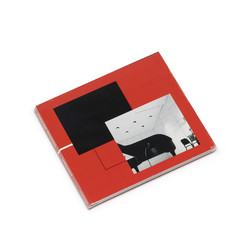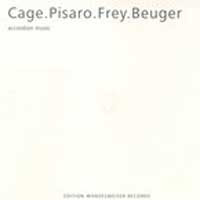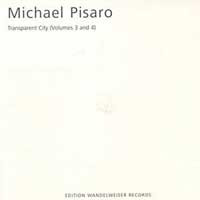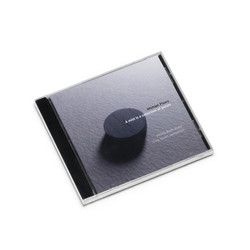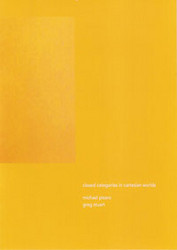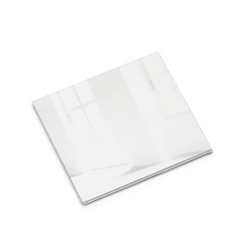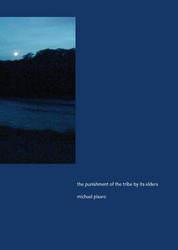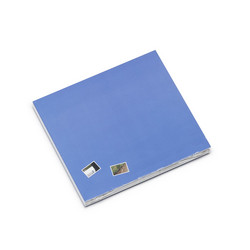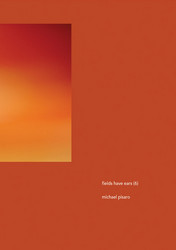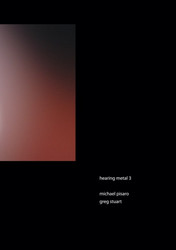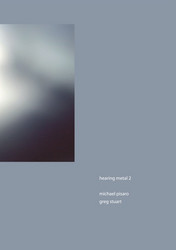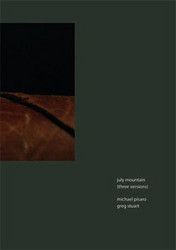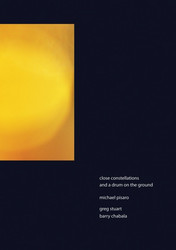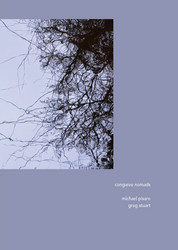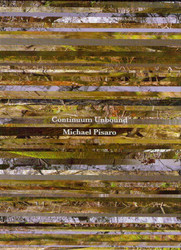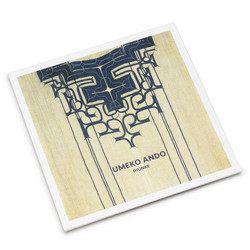A six-track album based almost entirely on samples (from Curtis Mayfield to John Carpenter). "The really striking thing, though, is the kinship between Pisaro’s approach here and his other music. Many of his previous compositions have taken simple, granular sounds as raw materials, building blocks to be arranged into larger constructions through a combination of the composer’s parameters and the performer’s choices. On this album’s sister work, Shades of Eternal Night, piano chords played by Reinier van Houdt are sampled, electronically processed, and arranged into dense, reverberating clouds. As different as the two albums are in mood and style, hearing them together reinforces this continuity in Pisaro’s work. So many of his pieces revolve around a sublime tension: modular, piecemeal construction leading to music that flows and crests in waves of sounds, or in wave-like alternations of drone and silence. On Étant donnés, the modules are often blocks of sound borrowed from other artists, but the way Pisaro works with them, the primacy he gives to spatial relationships between sounds – even if, as here, they’re only artificial relationships conjured in a virtual electronic space – makes this disc fit comfortably with his other work.
The shorter sample-driven tracks here are interspersed between two longer pieces on which the samples, though presumably still forming the foundation of the music, are less overt. “Rounds Most Pinched, Most Arched” is precisely 10 minutes of humming ambience, with barely audible teases of melody deeply submerged within the hushed electronic fog. At intervals (probably timed out in the score given Pisaro’s past working methods) this hissing backdrop is interrupted by a chiming drone that might be a slowed-down guitar, mournful and beautiful, its contours hinting at a familiar melody but (at least for me) never quite resolving to reveal its source.
“Sympathy for 11” is likely another time-based Pisaro score, clocking in at exactly 11 minutes. It is similarly droning and minimalist, built on a foundation of subterranean hiss and feedback hum, with bright, spacious electric guitar lines that recall Pisaro’s own playing. This is more active than “Rounds,” with sampled percussion providing slow, clumsy beats at times, but each guitar chord is still left room to deteriorate and fade. The piece’s second half builds melody from an ambient haze, utterly obscuring possible source material.
The album closes with its oddest track, “Shosty Riot,” built around samples of the Russian composer Dmitri Shostakovich: martial, pounding drums looped and processed into a trashcan industrial rhythm; strings stretched into melancholy drones; orchestral fanfares that give way to garbled, sped-up chipmunk punk rock. It’s chaotic, some of the most abrasive and deliberately grating music Pisaro has made, and yet even here there’s a sense that everything is in its right place.
In some respects, this album’s namesake seems a strange choice for Pisaro. Duchamp’s eerie final work, with its voyeurism and its ambiguously sinister undertones, doesn’t really seem to resonate with the tone of Pisaro’s music, even on this for him unusual project. I wonder if what Pisaro responds to is not so much the content of the piece as its means of construction: a landscape assembled from bits of detritus and varied textures, a backdrop stitched together from photographs and painting, everything carefully laid out just so over the course of years, within a 3D space where there’s a complex interplay between the different layers of the piece. It’s in this sense that Duchamp’s work seems like an appropriate analogue for the multilayered sound spaces Pisaro constructs from these borrowed sounds. (taken from Reddy Brown Objects review)
